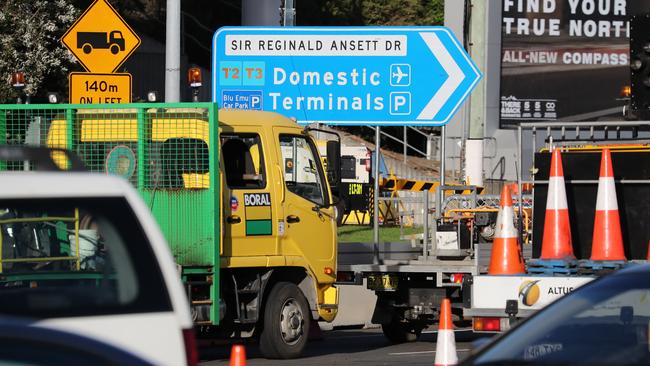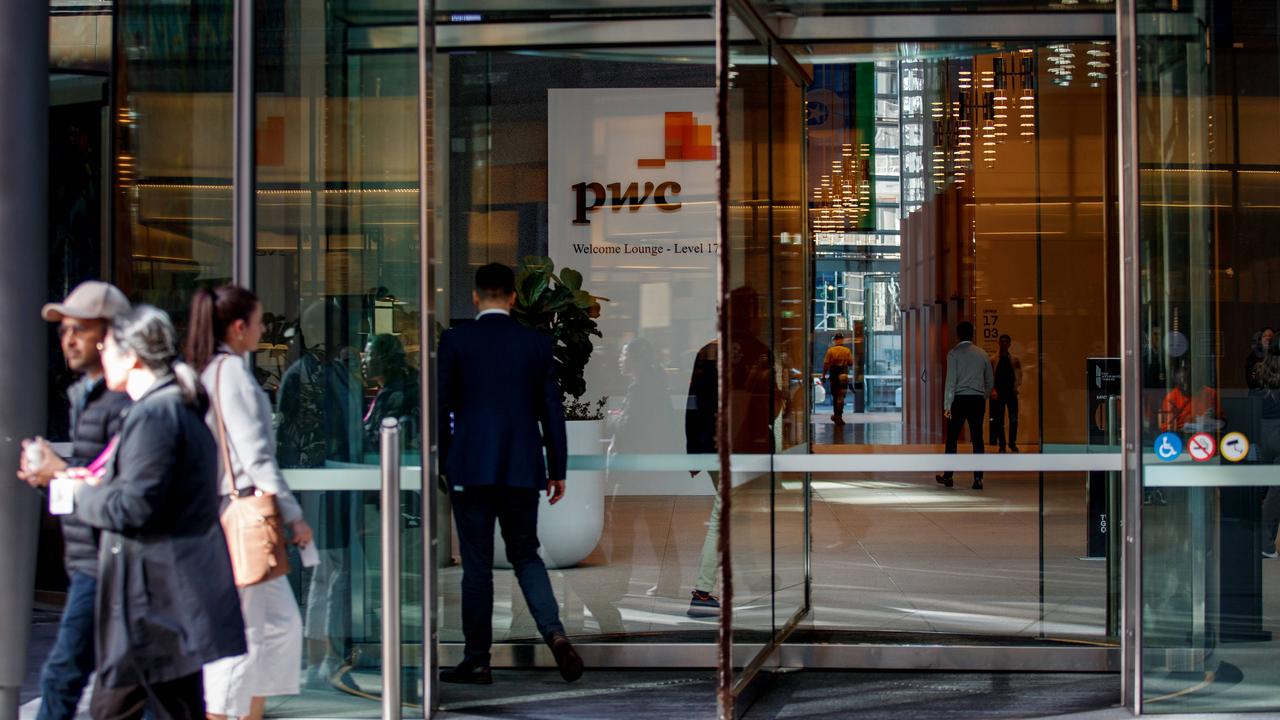Road traffic congestion hurting Sydney Airport
Sydney’s road traffic congestion continues to be a thorn in the side of the city’s airport operator.

Sydney’s road traffic congestion continues to be a thorn in the side of the city’s airport operator, blamed for a lacklustre performance of Sydney Airport’s once lucrative carpark business in the first six months of 2018.
Half year results released today showed Australia’s biggest airport increased net profit by 4 per cent to $174 million, driven by healthy increases in aeronautical, retail and property revenue.
In contrast, car parking and ground transport revenue rose a modest 2.1 per cent to $78.6m.
The traffic snarls are driving travellers onto Sydney’s expensive airport rail line.
In a note to investors, Macquarie Equities said parking revenue “continued to suffer from the impact of traffic congestion, thus diversion to rail remains”.
The note also pointed out the 2.1 per cent growth was below CPI and “$2m below our expectation”.
The privately owned Airport Link Company that operates the Domestic, International, Mascot and Green Square train stations, said it was expecting to accommodate more than 26m passengers in 2018, its biggest year to date.
In a recent address at the Centre for Aviation Conference, Sydney Airport CEO Geoff Culbert singled out congestion as a definite challenge for the facility.
“We live in a city of 5 million people and we’re located 8km from the CBD, and the fact is 50 per cent of the traffic that comes around Sydney Airport isn’t even going to the airport,” Mr Culbert said.
“The congestion on the roads is definitely a challenge and we’ve got to think of different ways to engage with people around that.”
The bulk of the airport’s income continued to come from airline charges, which contributed $345m; up 7.6 per cent on the previous corresponding half-year period.
The cost of flying into Sydney Airport (SYD), with its limited slots and late night curfew, has long been a bugbear for airlines, and Board of Airline Representatives Australia executive director Barry Abrams said members continued to have concerns about the services they were getting for what they paid.
“Members don’t feel like they’re getting value for money, we’ve stated that before,” he said.
“It’s really about are they getting what they believed they were promised under the agreements with the airport, and that’s an issue we will be discussing and putting forward in our submission to the Productivity Commission Inquiry into Airport Charges.”
Mr Culbert said today’s result reflected the airport’s targeted marketing strategy, partnerships with government and industry, ongoing benefits from the liberalisation of air rights, prudent investment in capacity and favourable global tourism and travel trends.
“We see both growth and improvement opportunities across our four business and have a significant investment program underway that will deliver efficient capacity, an improved customer experience and service excellence for our customers,” he said.
Looking ahead, Sydney Airport reaffirmed its distribution guidance for the full year at 37.5 Australian cents, which would be a nearly 9 per cent increase on the prior year. It also reaffirmed its guidance for capital expenditure, saying it would spend between $1.3bn and $1.5bn from 2018 to 2021.
Still, some analysts have been concerned about slower growth recently in both international and domestic passenger traffic. Investors were also looking for an update on the expansion of retail at Terminal 2, given the increasing importance of shopping as a revenue driver for the airport.
Sydney Airport said Wednesday that more than 85 per cent of Terminal 2 pier B in construction had been leased, with the first staged opening expected in December this year, in time for Christmas.
Dow Jones




